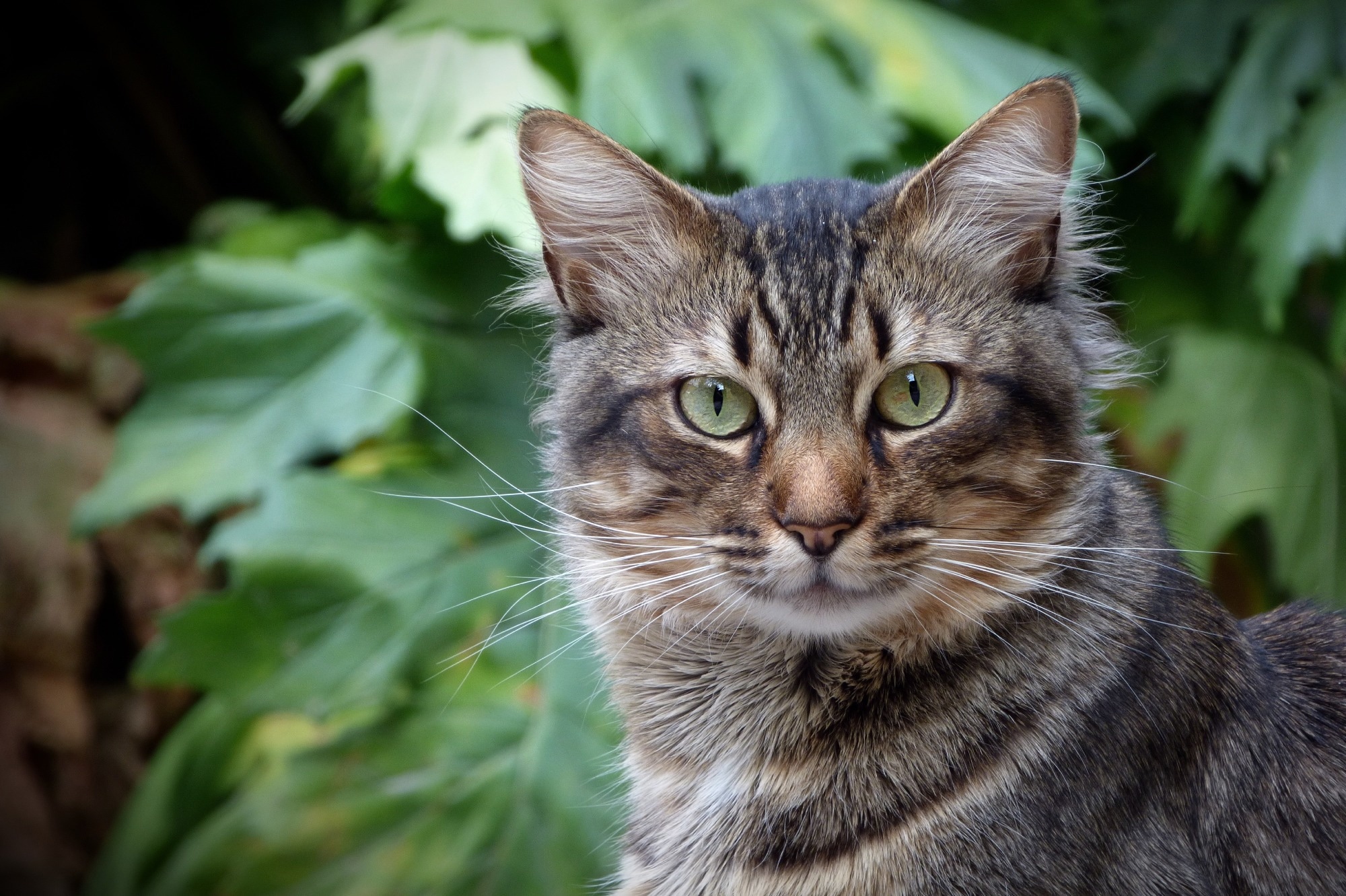In a study recently published in PLOS One, scientists utilize generalized linear mixed models (GLMMs) to evaluate the global association of anthropogenic and climate factors on the environmental contamination load of Toxoplasma gondii, a zoonotic parasite transmitted through feline feces.
 Study: More people, more cats, more parasites: Human population density and temperature variation predict prevalence of Toxoplasma gondii oocyst shedding in free-ranging domestic and wild felids. Image Credit: Nomi's_Wallpapers / Shutterstock.com
Study: More people, more cats, more parasites: Human population density and temperature variation predict prevalence of Toxoplasma gondii oocyst shedding in free-ranging domestic and wild felids. Image Credit: Nomi's_Wallpapers / Shutterstock.com
What is T. gondii?
Climate change has severely degraded the balance of the earth's ecosystem and allowed for the emergence and spread of numerous pathogens globally. T. gondii, for example, is a generalist zoonotic parasite that infects warm-blooded organisms, including humans; however, the parasite is only capable of reproducing in felines.
Due to the large population of domestic cats that are widely found throughout the world, combined with the various transmission pathways available to parasites, T. gondii is a highly ubiquitous parasite. T. gondii is primarily transmitted by felid fecal shedding in the form of environmentally resistant 'oocysts.'
Although toxoplasmosis typically causes mild-to-severe disease in humans, domestic animals, and wildlife, it is a relatively rare infection in humans residing in high-income nations. Comparatively, certain areas of the world, such as South America, have high levels of T. gondii contamination that leads to high infection rates in free-ranging domestic cats and other wild felids.
While studies have attempted to quantify the contributions of domestic cats to T. gondii spread, outdoor, feral, and wild cats have been largely omitted from the literature, furthermore, there has been little research on climatic correlations, which is essential to the survival and population sizes of both T. gondii and their felid hosts.
About the study
In the present study, researchers determine whether human densities and climatic variables, including temperature and precipitation, could be used as predictors of T. gondii oocyte prevalence at the global scale.
The scientists began by compiling and scrutinizing over 2,200 papers within a meta-analytic framework, which eventually led to a final dataset of 47 relevant publications. Metadata on the study area, whether domestic or wild felids were studied, and the total percentage of felid fecal samples the respective publications found positive for T. oocyst contamination were analyzed.
GLMMs were subsequently used to assess this information in combination with climatic variables and human population density estimates to determine whether human population densities, climate, or both were associated with oocyst prevalence.
Study findings
Of the 47 studies in the final meta-analysis, only 10 included wild felids, with the remaining 37 focusing exclusively on domestic cats.
Despite being a Toxoplasmosis hotspot, South America remains understudied, with only one wild cat and three domestic cat studies conducted throughout the continent. Africa, which consistently reported the highest oocyst shedding prevalence of any continent, contributed only four domestic publications and lacked relevant studies on wild cats. In contrast, North America contributed 11 domestic cat and seven wild cat studies.
Meta-data analysis revealed that human densities and the mean diurnal temperature range positively correlated with oocyte prevalence in domestic cat feces. While the wild felid results agreed with the domestic felid results for human density correlation, a negative association was found for oocyst prevalence during hot and dry months in the six wild cat species under study.
No significant association was observed between oocyte density and either mean annual temperature or precipitation. On average, oocyte prevalence was lower for domestic cats than for their free-roaming counterparts.
High concentrations of feral cats were reported, particularly in urban areas with high human densities. As a result, transmission both to domestic felid hosts and non-definitive hosts, including humans, other pets, and even urban birds, was observed.
Certain urban factors, like increased food and shelter, as well as the reduced threat from native predators, could result in increasingly high wild-cat densities in human habitation. Similar associations have been reported, which is alarming given that human densities in both cases were directly proportional to the degree of pathogen prevalence in non-domestic wildlife.
A significant limitation of the current analysis was that most of the research comprising their raw data was devoid of serological testing. Thus, the researchers could not distinguish between cats that had never been infected by T. gondii and those without a current T. gondii oocyte infection.
Region-specific sampling bias and small sample sizes in individual studies further compound the standard errors in these results. To overcome these limitations, future longitudinal studies are needed to study the impacts of climate on T. gondii oocyst shedding.
Conclusions
Human densities appear to be directly proportional to feline densities which, in turn, reflect the percentage of felids positive for oocyst shedding in their feces.
More people, more cats, more parasites.”
This relates to both domestic and free-roaming 'wild' cats that inhabit human settlements, with oocyst shedding prevalence in the latter often higher than that observed in domestic cats. This may increase the likelihood of spreading T. gondii oocytes to other felids and warm-blooded vertebrates.
Taken together, the study findings highlight the lack of information available on T. gondii data from locations like South America and Africa, despite being hotspots for the pathogen. The current study also discusses socioeconomic considerations, including how wealthy localities can maintain high standards of cleanliness, thereby reducing food and shelter availability to potentially infected feral cats.
Future studies that utilize genetic approaches to pathogen characterization and incorporate socioeconomic status (SES) might help alleviate these challenges. This information would allow stakeholders and policymakers to make better-informed decisions on holistic pathogen management.
Journal reference:
- Zhu, S., VanWormer, E., & Shapiro, K. (2023). More people, more cats, more parasites: Human population density and temperature variation predict prevalence of Toxoplasma gondii oocyst shedding in free-ranging domestic and wild felids. PLoS One. doi:10.1371/journal.pone.0286808